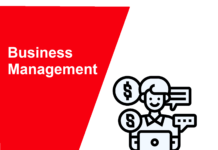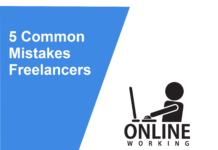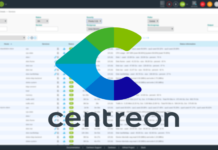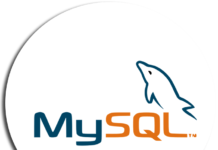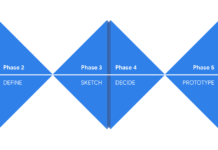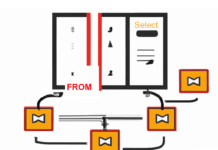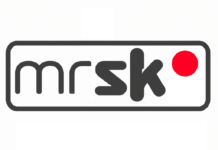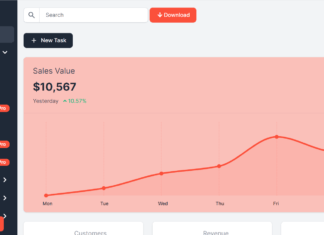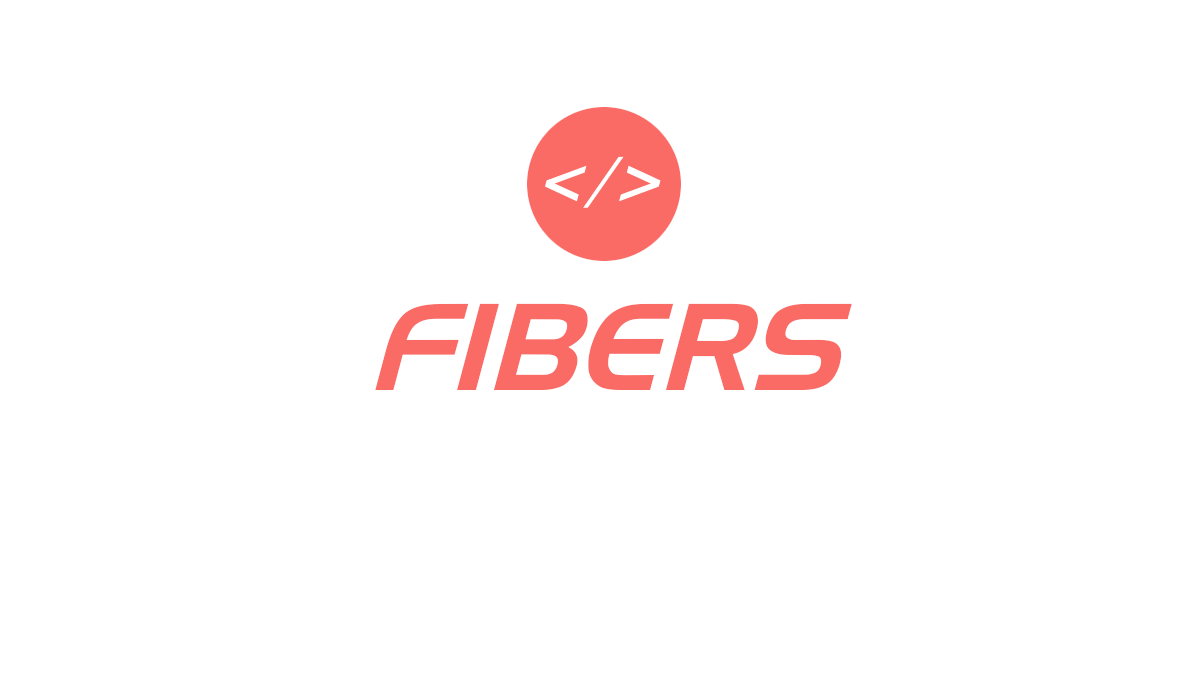The last part of the article SugarCRM, System Training after the Part 1 and Part 2, this part is about going live, feedback and enhancement of the CRM implementation.
Going Live: Stepwise Introduction
Once employees have been introduced to the new CRM and fully trained, it is time to go live.
A common technique is to conduct general user training in sections by department, and to take each department live after they have been trained. If you adopt this approach, be sure to allow enough time after each department is trained for them to come to grips with the system and get any questions they have answered by support staff, before the next group goes through and the support staff is overwhelmed.
This is typically the approach we ourselves use at The Long Reach Corp. with our clients. The only caveat I would recommend is that you make absolutely sure that you have an accurate reading on user acceptance in all departments and roles of the organization (from acceptance testing and pilot testing) if you are going to use this approach. Once you have taken one group live, if another group provides significantly negative feedback in their training session, you have a serious problem.
Continuous Feedback and Enhancement
Just as every business itself does, every CRM system needs continuous evaluation and enhancement. As your business changes, so must your CRM system. And as the competitive business environment gets steadily more intense, your CRM must evolve and improve to maintain and advance your competitive standing in your industry.
Until the CRM system achieves a high level of internal user satisfaction, it should be reviewed at least once every business quarter for usability improvements, and any potential extensions to automate additional business processes.
Once the system is popular internally, it should be reviewed at least once every six months for potential improvements and enhancements. In particular, opportunities should be sought for more advanced methods (typically involving external connectivity) of improving your customer relationships and satisfaction, such as customer self-service portals, automated website lead collection, automated client emails advising of product shipments and problem resolutions, as well as email marketing campaigns.
This article has been extracted from the book, “Implementing SugarCRM”. A step-by-step guide to using this powerful Open Source application in your business.
About the Author :
Michael Whitehead is a leading authority on the design and implementation of Customer Relationship Management (CRM) systems. Michael




